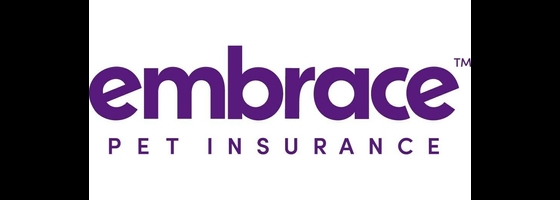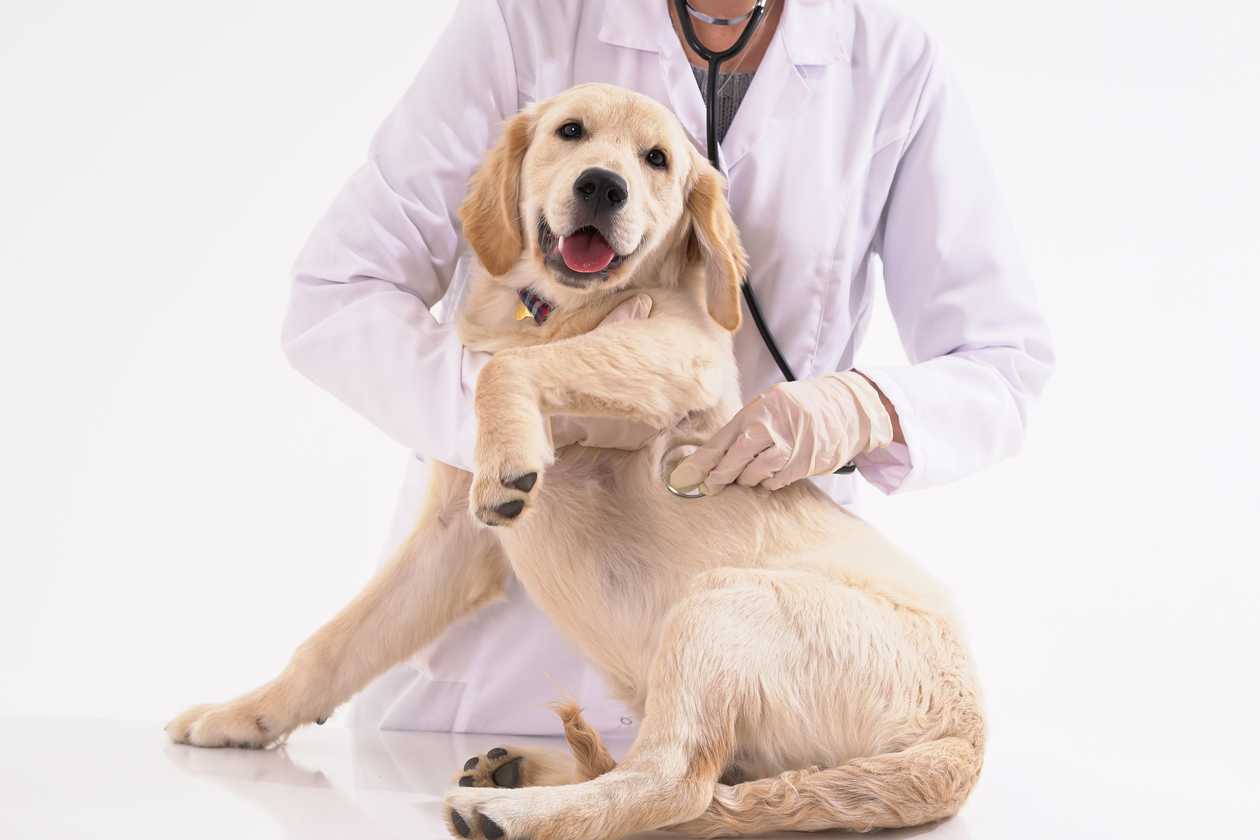- Accident-only coverage has lower premiums than accident and illness coverage.
- Plans that cover illnesses typically don’t cover pre-existing conditions, and they cost more than accident-only coverage.
Our evaluations and opinions are not influenced by our advertising relationships, but we may earn a commission from our partners’ links. This content is created independently from TIME’s editorial staff. Learn more about it.
Many pet owners consider their pets to be family. But data from the American Veterinary Medical Association (AVMA) shows that pet medical care can be expensive. The average household spends $367 per year on veterinary care for dogs and $253 per year for cats.
To manage the cost of veterinary care for dogs and cats, some pet owners choose to purchase pet insurance. While pet coverage has many benefits, it’s not right for everyone. If you’re thinking about getting pet insurance for your dog or cat, it can be helpful to understand what it covers, what it doesn’t cover, and how much it costs.

Embrace Pet Insurance
Embrace Pet Insurance
What does pet insurance cover?
Pet insurance provides coverage for many types of veterinary care for your dog or cat. Some insurance companies sell coverage for other types of animals, but it’s less common. Pet insurance usually covers:
- Emergency care. This includes emergency room visits, hospitalization, and other urgent medical services.
- Diagnostic tests. Covered diagnostic tests typically include blood tests, X-rays, MRIs, and ultrasounds necessary to diagnose and treat your pet's medical condition.
- Surgeries. Pet insurance provides coverage for routine procedures such as spaying and neutering, as well as more complex operations like orthopedic surgeries.
- Medications. Covered medications are those your pet needs to manage a medical condition or recover from an illness or injury.
- Accidents and injuries. This includes the cost of unexpected accidents and injuries that your pet may experience, such as broken bones, lacerations, ingesting poison.
- Illnesses. This catch-all category includes the cost of vet visits, diagnostic tests, medications, and surgeries that your pet may need if it becomes ill. This can include chronic conditions such as diabetes, cancer, and allergies.
Pet insurance policies are not one-size-fits-all. There are several different types of pet insurance, which vary in terms of covered services, exclusions, and costs.
You can also get a pet insurance plan or add-on that covers routine care, like annual exams and flea or tick prevention. These are often called wellness plans. However, wellness plans don’t usually cover things like injuries, accidents, or serious illnesses.
Many pet insurance companies sell combined policies that provide the most complete protection. However, these plans may come with higher premiums.
What isn’t covered by pet insurance
There are some things that are typically not covered in a standard pet insurance plan, including:
- Injuries sustained in an organized race or fight. Animal racing and fighting are considered to be high-risk and are not covered by most pet insurance policies. Examples include greyhound racing or pit bull fighting.
- Grooming. Pet insurance policies generally do not cover the cost of routine grooming, such as haircuts, baths, and nail trimmings. These services are considered to be the responsibility of the pet owner.
- Training. Training classes and behavior modification programs are also not typically covered as they are considered to be the owner’s responsibility.
- Costs associated with breeding. Pet insurance generally does not cover the cost of breeding-related expenses, such as fertility treatments, artificial insemination, or stud fees. Pet insurance or pet insurance add-ons for breeding dogs and cats can often be purchased separately.
- Cosmetic or elective procedures. This includes procedures such as ear cropping or tail docking, which are not considered medical care since they are elective.
- Pre-existing conditions. Most pet insurance policies exclude coverage for pre-existing conditions. This means that if your pet has a medical condition before you purchase the policy, it will not be covered.
- Routine or preventative care. Many pet insurance policies do not cover routine or preventative care, such as annual check-ups, vaccinations, and dental cleanings. As noted above, you can purchase coverage for routine or preventative care by buying a wellness plan for your pet.
Commone types of pet insurance coverage
There are several types of pet insurance that provide coverage for different expenses and conditions. Most insurance companies that sell pet insurance, like Lemonade and Metlife Pet Insurance, offer several types of plans or add-ons, depending on your needs. Here are three types of plans which are common to most insurance companies
| Pet insurance type | What is covered | What is not covered |
|---|---|---|
Accident-only | Treatment after an accident | Costs not related to the accident or pre-existing conditions, grooming, training, breeding, cosmetic or elective procedures, preventive care |
Accident & illness | Treatment after an accident, treatment of illnesses, veterinary costs | Pre-existing conditions, grooming, training, breeding, cosmetic or elective procedures, preventive care |
Wellness | Basic care | Accident or illness-related treatment, any other service not included in the policy |
Accident-only coverage
Accident-only pet insurance covers the cost of treatment after an accident. Under this plan, things like injuries stemming from a car accident, broken bones, lacerations, and x-rays are usually covered. It doesn’t cover costs that are not related to the accident, or accidents that were caused by a pre-existing condition.
Pros:
Cons:
- These plans won’t help if your pet develops a health condition unrelated to an accident.
Accident and illness coverage
Accident and illness plans provide the same coverage as accident-only plans, but they also cover treatment for a variety of illnesses. Examples of covered conditions may include cancer, hereditary conditions, arthritis, and hypothyroidism. It will also pay for the cost of a veterinary exam, medications, hospitalization, and surgery.
Pros:
- Accident and illness coverage provides complete protection for accidents and illnesses.
- This coverage can be useful if your pet may be prone to certain conditions, but has not developed the condition yet.
Cons:
- These have more expensive premiums than accident coverage.
- These plans do not cover routine care.
- Some plans have a waiting period.
- Pre-existing conditions are not usually covered.
Wellness plans
A wellness pet insurance plan provides coverage for basic care, such as routine veterinary exams, vaccines, medications, and dental care. This policy is sometimes sold as an add-on to an accident-only or accident and illness policy.
Pros:
- Premiums for some wellness plans are less than $20 or $30 a month.
- Since wellness plans cover routine care services your pet will most likely need, you’ll actually use the coverage.
Cons:
- These plans do not generally cover accidents, injuries, or illnesses.
Pet insurance coverage by company
| Pet insurance company | Accident and illness | Accident-only | Wellness |
|---|---|---|---|
Lemonade | x | x | |
Embrace | x | x | x |
ASPCA | x | x | x |
Metlife | x | x | |
Fetch | x | x | |
Pets Best | x | x | x |
Pawp | x | ||
Spot | x | x | x |
Trupanion | x | ||
Odie | x | x | |
Nationwide | x | x | x |
Figo | x | x |
More on pet insurance coverage
In many ways, pet insurance is like regular health insurance. After a visit to the vet, you’ll pay for your pet’s care. Make sure you get a receipt and any other documentation you might need. Then, submit a claim to your pet insurance provider. Once the claim is approved, you get reimbursed for the service.
Deductibles
Many pet insurance policies also have a deductible, annual coverage limit, and reimbursement rate for each service. The deductible is the amount you need to pay in covered pet care costs before the insurance company will start paying.
Annual coverage limit
The annual coverage limit is the maximum amount of money your insurance provider will pay for all medical services for the year. Once you reach the annual coverage limit, your insurance company is not required to continue paying for your pet’s care.
Reimbursement rate
The reimbursement rate is the amount that your insurance company will pay for a covered service after the deductible is met. It usually covers 80% to 90% of the cost.
Waiting periods
Some pet insurance plans have a waiting period before you can use the benefits. For example, Lemonade’s waiting period is 14 days* for illnesses, 30 days* for orthopedic conditions—and zero days for accidents.
*Depending on where you live, your Lemonade waiting periods could be shorter.
How much will you pay for pet insurance?
The cost of pet insurance depends on a variety of factors. Some of the criteria that insurance companies use to calculate premiums include:
- Type of plan
- Pet breed
- Pet age
- Annual coverage limit
- Deductible
Because the cost of pet insurance can vary, it’s a good idea to get several quotes and compare them. Comparing quotes can help you find the most affordable pet insurance for your situation and your coverage needs.
TIME Stamped: How to determine which pet insurance coverage is right for you?
Pet insurance can be a great investment for some pet owners, but it’s not right for others.
For example, if your pet is young and healthy, and is not at risk of developing medical issues, pet insurance might not be worth the cost. You might want to consider accident or wellness coverage if regular pet insurance isn’t the right fit for you.
On the other hand, pet insurance can be very valuable if your pet is older, or their breed is likely to develop certain conditions. If you’re concerned about paying for unexpected medical expenses out-of-pocket, pet insurance can also provide some peace of mind.
Frequently asked questions (FAQs)
Does pet insurance cover all expenses?
The best pet insurance companies provide comprehensive coverage for various medical expenses, but not everything is covered. Depending on the type of pet insurance policy you purchase, it might cover routine care, vaccines, accidents, injuries, illnesses, and diagnostic testing. However, some things, like grooming, cosmetic procedures, and pre-existing conditions are usually not covered.
What is a typical deductible for pet insurance?
Most pet insurance policies have a deductible, which typically ranges from $100 to $1,000. Higher and lower deductibles may be available depending on the insurer. In general, plans with a higher deductible will have a lower monthly premium.
Does pet insurance cover hip dysplasia?
Some accident and illness pet insurance plans cover hip dysplasia, but not all plans do. It’s also common for pet insurance plans to have a waiting period before you can use the benefits for hip dysplasia. For instance, you might have to wait several weeks before your pet can get treated for this condition.
The information presented here is created independently from the TIME editorial staff. To learn more, see our About page.

